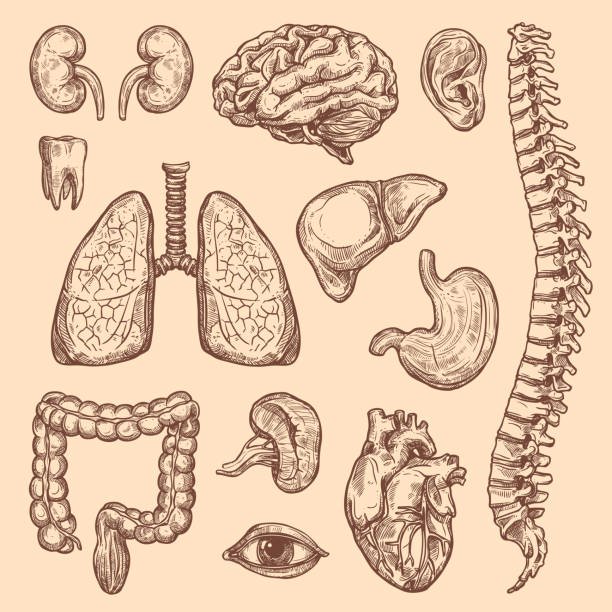On this page, we focus on the relation of body cavities to human anatomy and physiology.
The Interplay Between Body Cavities and Human Anatomy & Physiology
In the study of human anatomy and physiology, body cavities hold a pivotal role as they house, protect, and provide the space for the functioning of vital organs. Understanding the intricacies of body cavities not only offers insights into the structural organization of the human body but also sheds light on physiological processes. This article aims to explore the relationship between body cavities and human anatomy and physiology.
The Relation of Body Cavities to Human Anatomy and Physiology
The relation of body cavities to human anatomy and physiology can be explained as a synergistic interplay where these specialized compartments house, protect, and facilitate the function of vital organs. The dorsal cavity, for instance, safeguards the central nervous system, thereby enabling seamless communication between the brain and the rest of the body. The ventral cavity, which includes the thoracic and abdominopelvic cavities, accommodates organs essential for processes like respiration and digestion. These cavities provide the necessary spatial arrangement for organ interaction, offer cushioning against external shocks, and allow for organ expansion and contraction, thereby playing a critical role in both the structural organization and functional processes of the human body.
The Main Body Cavities
Dorsal Cavity
The dorsal cavity, comprising the cranial and spinal cavities, protects the brain and spinal cord. This encapsulation facilitates the central nervous system’s functioning, including communication between the brain and the rest of the body.
Ventral Cavity
The ventral cavity is divided into the thoracic and abdominopelvic cavities, housing organs like the heart, lungs, liver, and intestines. The spatial arrangement within these cavities allows for efficient organ interaction, essential for processes like respiration and digestion.
Smaller Cavities
These include oral, nasal, orbital, and middle ear cavities. Though smaller, these cavities are essential for specialized functions like speech, smell, vision, and hearing.
Physiological Implications
Protection and Cushioning
Body cavities offer protection to vital organs from external shocks and injuries. For example, the cranial cavity protects the brain with a cushion of cerebrospinal fluid, which also facilitates the brain’s metabolic activities.
Organ Interaction
The close proximity of organs within cavities allows for efficient physiological interactions. For instance, the lungs and heart share the thoracic cavity, allowing for a coordinated effort in oxygenating blood and circulating it throughout the body.
Expansion and Contraction
Body cavities provide the room for organs to expand and contract. For example, the thoracic cavity allows the lungs to expand during inhalation and contract during exhalation, facilitating the exchange of gases.
Clinical Importance
Surgical Procedures
Understanding body cavities is crucial for surgical interventions. For example, laparoscopic surgery is performed in the abdominopelvic cavity, and its success hinges on an intricate knowledge of the spatial relationships among organs.
Disease Diagnosis
Body cavities can also indicate the presence of diseases. For example, an accumulation of fluid in the pericardial cavity around the heart can be a sign of pericarditis.
Treatment Planning
The layout of body cavities can influence the treatment plan for diseases like cancer. Knowing the exact location of a tumor within a cavity can guide the type of intervention needed, be it surgery, radiation, or chemotherapy.
Conclusion
Body cavities are more than mere pockets of space; they are integral to the function and protection of our body’s organs. Understanding the anatomy of these cavities provides crucial insights into human physiology and is key to various clinical applications, from surgical procedures to disease diagnosis and treatment planning. As we continue to advance in the medical field, the comprehensive study of body cavities will undoubtedly play a vital role in enhancing our understanding of human health and disease.

